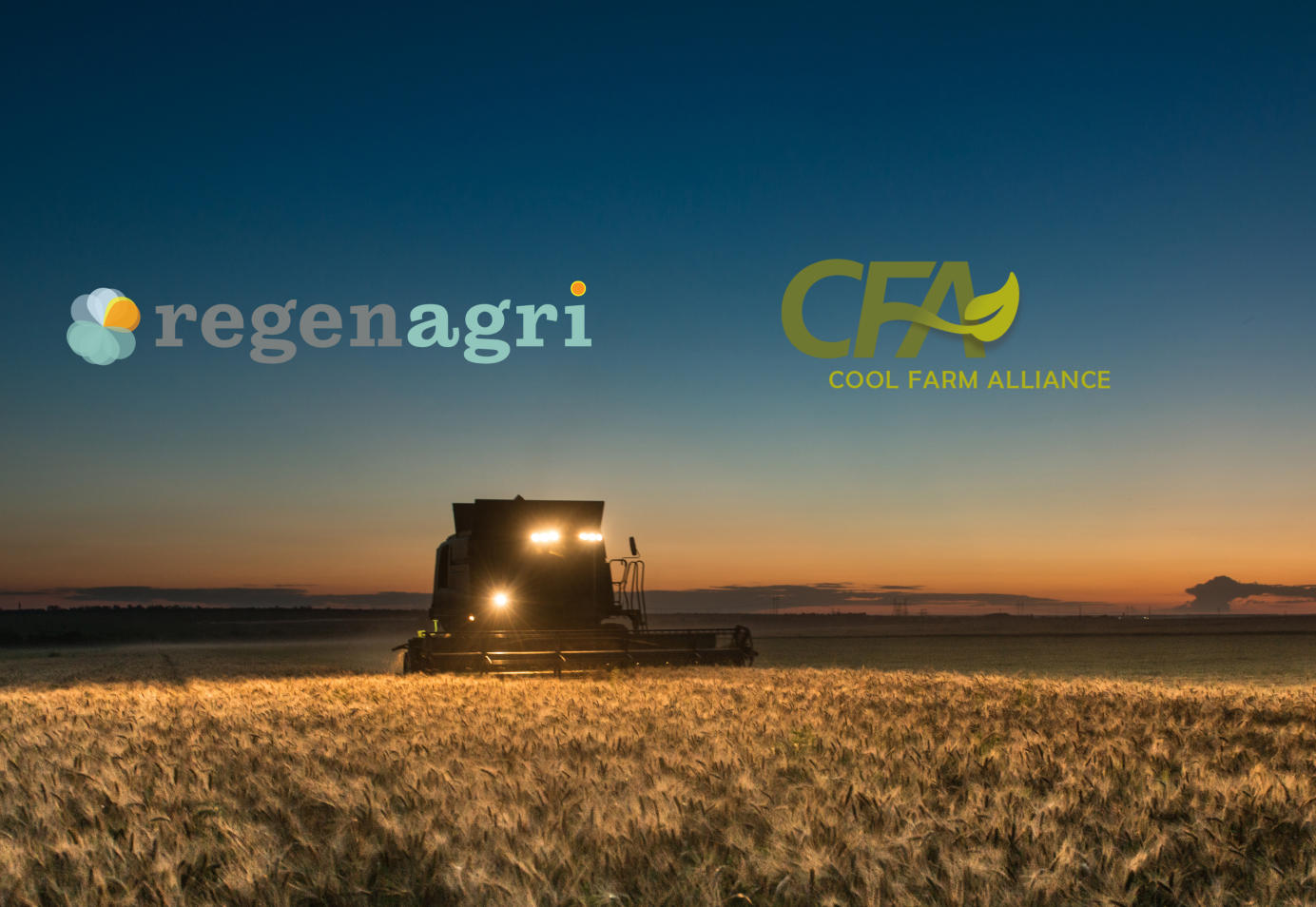
Global regenerative agriculture initiative, Regenagri has collaborated with Cool Farm Alliance to create a new digital hub that will monetise carbon reduction for textile growers who are undertaking regenerative farming.
The new digital hub includes the capability for textiles and clothing brands to manage large groups of farms and offers new functionality to measure carbon and monetise this environmental practice.
A key element of the new release is the integration of Cool Farm Alliance’s (CFA) Cool Farm Tool into the Regenagri digital hub. As a result, users of the digital hub can access verifications of GHG emissions and CO2. The verifications are done under ISO 14064-5 accreditation, allowing users to generate carbon credits. In this way, textile growers can gain access to an additional source of funding, by selling the credits on the green finance market or using them in offsetting projects along their supply chain to clothing brands.
Harry Farnsworth, sustainable agriculture projects lead at Regenagri told Just Style exclusively: “The new version of our digital hub in collaboration with Cool Farming Alliance brings in the carbon capability on the platform. We’re at the stage of digital and technical development to help farms understand their environmental impact and we want to make it as easy as possible for farms and brands to access GHG emissions and CO2. Farmers don’t want to spend lots of time inputting data.”
He added: “We’ve partnered with Cool Farm Alliance who regularly update their methodology for calculating carbon twice a year. The organisation also has a strong user base for the tool so we felt this partnership would make it a complete digital tool for our members.”
The new digital tool, which calculates carbon, also makes it simpler for brands to use because brands can see the scores for biodiversity, carbon and water usage at multiple farms and establish which farms are using regenerative methods.

US Tariffs are shifting - will you react or anticipate?
Don’t let policy changes catch you off guard. Stay proactive with real-time data and expert analysis.
By GlobalDataFarnsworth pointed out the demand for regenerative farming and the ability to track carbon capabilities is growing. Regenagri has 30,000 hectres of land across 14,000 farms worldwide which have signed up already and this will only expand as brands look for growers who are dedicated to lowering their environmental impact.
Farnsworth added: “Margins and profits are incredibly important and moving from traditional to regenerative farming does need some investment so being able to monetise carbon capabilities is incredibly important.”
The updated digital hub provides a pathway for farms to be awarded carbon credits, which can be sold on to the green finance market or to their supply chain businesses looking to offset emissions to reach net zero targets.”
Crucially, the new platform is also open to corporate members. This provides a means for supply chain corporates to view the data from farms in their supply chain, without any extra effort on the part of the farm business.



